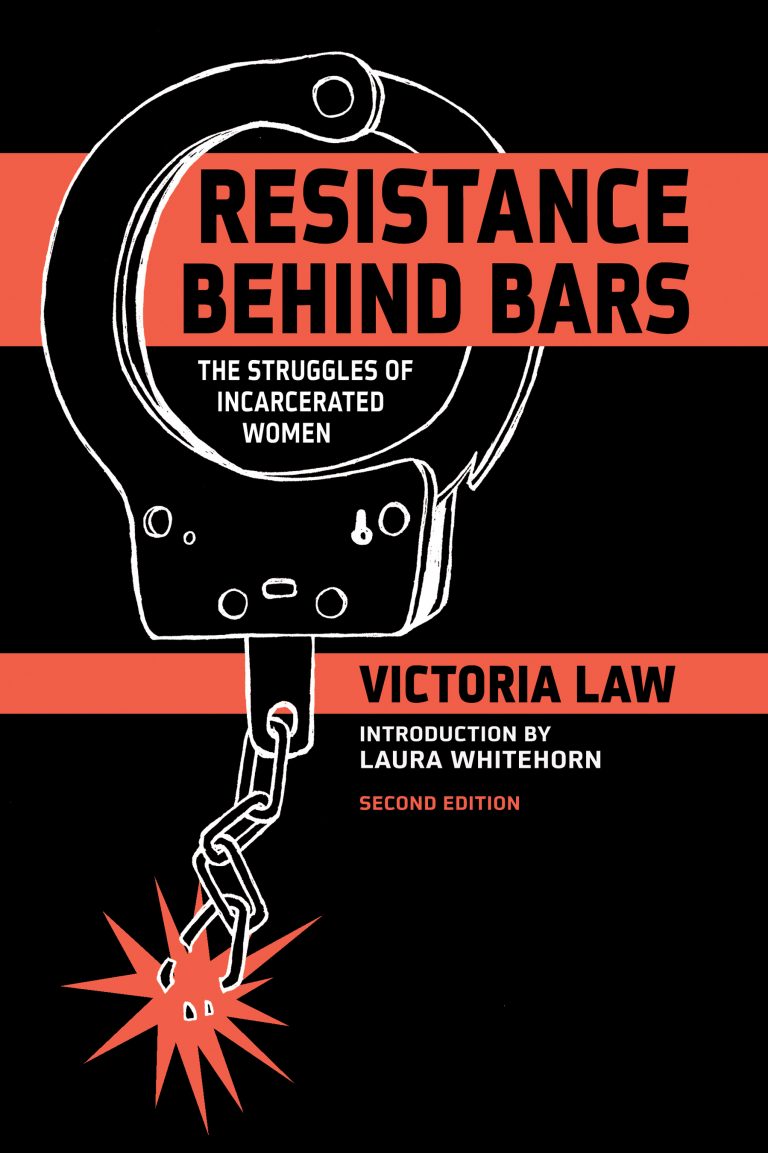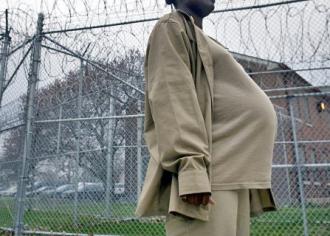
Prisoners have visitors in France and in many other European countries. The prison visitors are volunteers who respond to prisoners’ requests to have visitors. As a prison visitor explained: “We are not contracted, we are not entertainers, we come to share and we don’t come to judge the act that sent this person to prison but to meet with the person who is beyond the act. The act is his or her business, our goal is that this person breaks free from the spiral of losing self esteem.”
How does it work? When a person is incarcerated, he or she is informed about the possibility of having a prison visitor assigned, and then the prisoner has to send a request to the prison authorities. The prison visitor commits to visit the prisoner regularly. The visit is confidential, takes place in cells reserved for meetings with lawyers, and may last from 45 minutes to one hour and thirty minutes. For the detainee, this moment with the prison visitor is one rare instant without surveillance.
The association of prison visitors, ANVP, was created in 1932 and became state approved in 1951. It presently counts over 1500 members, not enough, they say, to guarantee the ideal ratio of 1 visitor per 20 prisoners. The president of the association, himself a prison visitor, explains that they are always looking for and recruiting volunteers. The age required is between 21 and 75 years old, and it takes about 2 months to be accredited after an interview and a police background check, followed by six months of probation with more training. The main quality expected is to be able to listen: “We are here to listen. We are the wind coming from the outside.”
For prisoners in France, the outside world continues to exist and detainees remain full citizens. As Stephanie Balandras, director of “Les Baumettes” women’s prison in Marseille, explained, prison visitors “ensure that a detainee remains a citizen”.
In a democracy, everyone with citizenship has the right to vote. In France, as in most democracies in the world, detainees retain the right to vote. The right to vote is recognized by the European Court of Human Rights and the Council of Europe as an essential right in a democracy; its suppression is incompatible with a true democratic system of governance.
Among the 47 countries of the European Council, 19 have no restrictions on civic rights for detainees, 21 have some restrictions, mostly decided in court, and 7 states suspend the right to vote for detainees.
Meanwhile, in the United States prisoners lose their civic rights when convicted. Writing on the extension of the robotized war with the development of the American drone program, Barbara Ehrenreich quoted the US Secretary of Education who reported in 2010 that “75% of young Americans between the ages of 17 to 24 are unable to enlist in the military today because they have failed to graduate from high school, have a criminal record, or are physically unfit.” As African Americans fill the American prisons, they are losing their civic rights in greater proportion than Whites. There are no prison visitors to listen to them or help them retain a sense of belonging as they are pushed further to the margins.
According to Denis Salas, “The principle of human dignity is the reference on which lies the right to bend state power.” As one prison visitor put it, this principle has to come from the outside to the inside: “The prison visitor’s objective is to make each detainee aware of her or his own riches and deficits, and to help him or her to build their own project for the future”.
Let’s imagine more prison visitors in the United States, people who would help make American prisoners more visible, retain and develop their own humanity, and have their civic rights restored.
(Image Credit: Sentencing Project)







